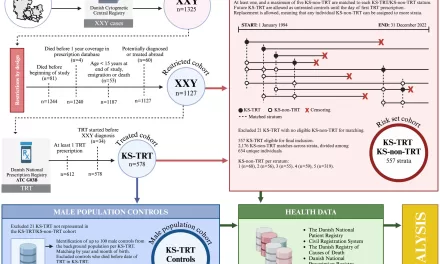February 22, 2025 – Scientists at Tufts University have made a significant breakthrough in cancer vaccine development by enhancing the immune system’s ability to recognize and attack tumors. Their innovative approach, which utilizes lipid nanoparticles to deliver tumor-derived antigens, has shown promising results in preclinical models.
A New Approach to Cancer Vaccination
The concept of using vaccines to treat cancer has been explored for decades, with the first therapeutic cancer vaccine approved in 2010 for prostate cancer and another in 2015 for melanoma. However, despite ongoing research, no further therapeutic cancer vaccines have been approved due to the difficulty in identifying tumor antigens that can effectively trigger an immune response.
The new vaccine, developed by a team led by postdoctoral scholar Yu Zhao and Professor Qiaobing Xu, overcomes this hurdle by using a digested mix of tumor protein fragments called a lysate. This method eliminates the need to identify specific antigens, making the vaccine adaptable to any solid tumor.
How the Vaccine Works
Unlike traditional vaccines designed to prevent infections, cancer vaccines stimulate the immune system to target and destroy existing cancer cells. Some preventive cancer vaccines, such as those targeting HPV to prevent cervical cancer, already exist. However, the Tufts vaccine is designed as a therapeutic solution for various solid tumors, including melanoma, triple-negative breast cancer, Lewis lung carcinoma, and inoperable ovarian cancer.
The vaccine’s enhanced potency lies in its ability to efficiently present tumor antigens to the immune system. This is achieved through a two-stage process:
- Tagging Tumor Proteins for Recognition – The researchers modified tumor protein fragments with an AHPC molecule, which recruits an enzyme to attach a ubiquitin tag. This tag signals the immune system to recognize and process the proteins into antigen fragments.
- Delivery via Lipid Nanoparticles – The tagged proteins are then packaged into lipid nanoparticles engineered to target lymph nodes, where antigen-presenting cells such as macrophages and dendritic cells reside. This delivery system ensures a robust immune response by cytotoxic T cells, which attack tumors and prevent metastasis.
Promising Preclinical Results
Tests in animal models have demonstrated the vaccine’s ability to elicit strong immune responses, suppress tumor growth, and reduce the likelihood of cancer recurrence. According to Xu, this breakthrough could significantly enhance current cancer treatment strategies when used alongside surgery, chemotherapy, and immunotherapy.
“Fighting cancer has always been an arsenal approach,” said Xu. “Adding cancer vaccines to existing treatments could improve patient outcomes and provide longer-term protection against recurrence.”
Future Implications
While the vaccine has shown promising results in preclinical models, further studies and clinical trials will be necessary to determine its safety and efficacy in humans. If successful, this innovative approach could pave the way for a new generation of personalized cancer vaccines, adaptable to a wide range of solid tumors.
Disclaimer
This article is based on research findings from Tufts University and is intended for informational purposes only. The vaccine discussed is still in the experimental stage and has not yet been approved for human use. Individuals seeking medical advice should consult with a qualified healthcare professional.












